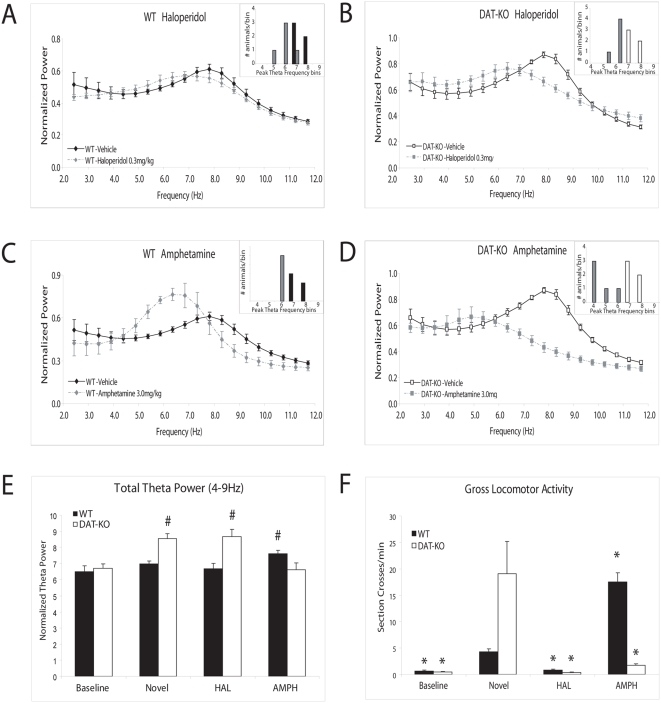Figure 2. The effect of psychoactive agents on HTO frequencies in WT and DAT-KO mice.
Hippocampal LFP power distributions were calculated in the 2–12 Hz range for each mouse across the drug treatment of interest. The images depict normalized power spectral distributions averaged across animals within genotype and drug treatment. Treatment with haloperidol 0.3 mg/kg (HAL) significantly attenuated novelty induced peak HTO frequencies increases in both (A) WT (N-K20 = 3.39) and (B) DAT-KO (N-K20 = 3.29) mice, and treatment with d-amphetamine 3.0 mg/kg (AMPH) attenuated novelty induced peak HTO frequency increases in both (C) WT (N-K20 = 3.06) and (D) DAT-KO (N-K20 = 4.42) mice. (E) Novelty and psychoactive drug effects on total theta power. Treatment with AMPH, but not HAL, potentiated novelty-induced theta power in WT mice (AMPH: N-K20 = 5.01, HAL: N-K20 = 5.01). Novelty-induced theta power was attenuated by treatment with AMPH, and unaffected by treatment with HAL in DAT-KO mice (AMPH: N-K20 = 5.66, and HAL: N-K20 = 4.66, respectively). (F) Novelty and psychoactive drug effects on locomotor activity. WT and DAT-KO mice displayed similar behavioral profiles during baseline periods (tstat1,8 = 0.96, p = 0.36). Novelty exposure induced behavioral hyperactivity in DAT-KO mice (tstat1,8 = 2.39, p<0.05), compared to novelty exposed WT mice. HAL attenuated locomotor activity in both genotypes. AMPH attenuated locomotor activity in DAT-KO mice, and potentiated locomotor activity in WT mice. Error bars represent S.E.M for recordings within a genotype. # = p<0.05; compared to animals within genotype during the baseline period. * = p<0.05; compared to animals within genotype during the novelty exposed; n = 5 for all groups.

